Controversy swirls about the Jesuit artist Marko Rupnik who has been accused of the most vile kind of sex-magic abuse. I wrote about sex magic abuse here in case you’re wondering what it is. Rupnik’s mosaics adorn many prominent modern Catholic Churches around the world from the pope’s own chapel to cathedrals and churches at important shrines.
Some folks are calling for the removal of Rupnik’s art because his artistic style is so distinctive and as long as it remains it is a visual insult and reminder to Rupnik’s victims not only of his crimes, but that the church at the highest levels has done little to compensate the victims and bring Rupnik to justice.
I can understand this point of view and have some sympathy for it, however, the other point of view is that this knee jerk reaction should be balanced by the fact that no one is perfect and art should be judged on its merits and not on the life (good or bad) of the artist. If Rupnik’s art is to be demolished what of Michelangelo and Leonardo da Vinci–who it is alleged–were homosexual? Shall we burn or destroy Caravaggio’s paintings because he led a dissolute life and was a murderer? Shall we only value the work of the saintly Fra Angelico or Fra Filipo Lippi?
I get the first argument, but think the second is stronger. The first argument–for all its visceral merit–is an argument based on sentiment. The second argument is more rational. This is not to say that the first (sentimental) argument has no weight. It does, but I don’t think it carries the day.
Instead I am for allowing the course of justice to run with the man Rupnik and allow his alleged crimes (and him) to be judged and treated accordingly. His artwork should be judged on its merits. But if we do judge his art on his merits and take a good hard look at it we will see that his artwork–in my opinion–is deficient for some profound reasons that also reflect back on his misdeeds. I should add that this is my opinion and I am not either a theologian or a professional art critic.
So then, what can we say about Rupnik’s art? It is noteworthy and recognizable for several characteristics. Firstly, on the plus side, it seems that the mosaics are carried out with skill and fine craftsmanship. But what can we observe about the art itself? The figures are invariably the same: oval faces with big eyes, languid, drooping postures and bodies that are strangely insubstantial. Do these figures have skeletons? do they have muscles? They look like sacks of bird seed propped up in strange postures and weird gestures. What conclusions can we draw from the artwork itself?
Firstly, has anyone else noticed that the faces all look remarkably like Rupnik himself? The pictures of Rupnik show the same oval face and disturbingly penetrating eyes. I will leave that observation for the armchair psychiatrists to mull over. Secondly, what kind of theology do these strangely amorphous figures illustrate? What comes to mind is gnosticism. Gnosticism took many forms, but one of them was a dismissal of the fully united humanity and divinity of the Lord Jesus Christ. There was the human Jesus and the Divine Christ, but the divine Christ only seemed to be human. Rupnik’s figures are like that. They’re spooky and unreal. They’re insubstantial. To my mind their ghostly, ephemeral quality exudes a gnostic understanding of reality.
Don’t get me wrong. I don’t suppose Rupnik (or those who actually like his art) subscribe in any formal way to gnosticism, however, when you think it through, gnosticism is the background philosophy of modernism. Modernism negates–dismisses the integral link between the transcendent and physical realms. Modernism focusses on the material world and relegates the supernatural to a distant unreality. Saints and the supernatural in religion is therefore something otherworldly and cut off from this natural realm. Rupnik’s weird figures float about on this spiritual cloud of unreality.
This brings me to one of the challenges of sacred art. How does the artist portray true sanctity? How, to be specific, does he or she portray a real person who has been transformed by grace? On the one hand the image must be solid, realistic and naturalistic. While the image of the saint must be realistic to show the individual’s humanity it must also communicate a supernatural quality to portray the saint’s sanctity. If the artist falls into the trap of making the saint too photographically realistic he loses the aura of grace. If he makes the image too “saintly” he ends up making it look spooky and unreal.
This is the trap Rupnik fell into, and his art may well, therefore reflect an underlying gnosticism–an underlying distrust or dismissal of the importance of the physical realm. Is it a co-incidence that the gnostics, in practice, also fell into two different moral traps? On the one hand their stress of the spiritual over the physical led them to excessive mortifications. Extreme asceticism–punishing the flesh so the spirit might prevail.
On the other hand, if the physical world was unimportant–and only the spiritual mattered–then what you did with your body was of little consequence. Sexual sin didn’t really matter. Thus different gnostics–paradoxically–fell into both extreme asceticism AND extreme moral and sexual licentiousness.
This is why Rupnik’s art should go–because it is heretical. In my opinion it is not good Catholic art. It reflects a gnostic sensitivity–and perhaps Rupnik’s personal moral failures are therefore not disconnected.

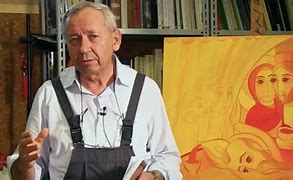
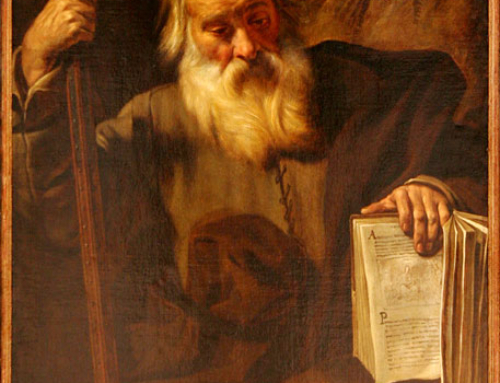
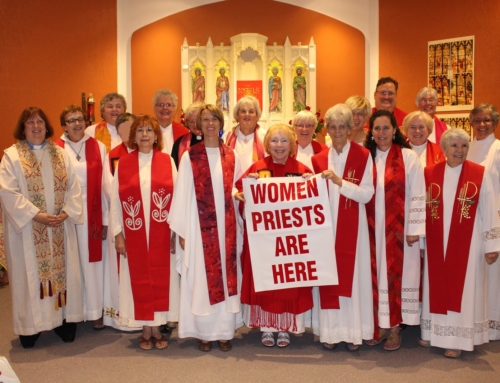
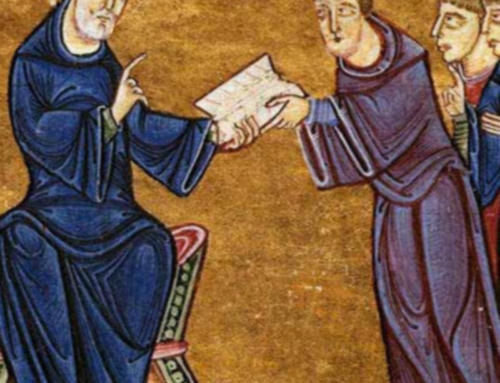

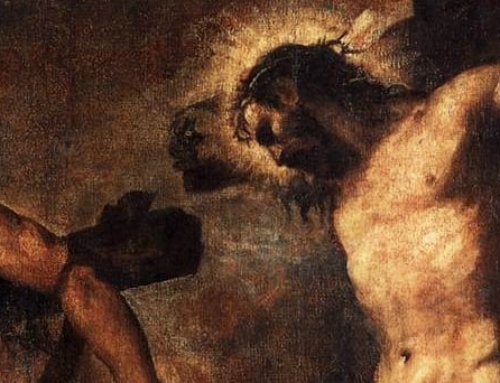
If you want to see some truly inspirational images, take a look at the work of Ivana Demchuk, a Catholic iconographer from Ukraine. Here’s a link to her ETSY page:
https://www.etsy.com/market/ivanka_demchuk
I purchased one of her Transfiguration icons as a gift to our Church of the Transfiguration parish.